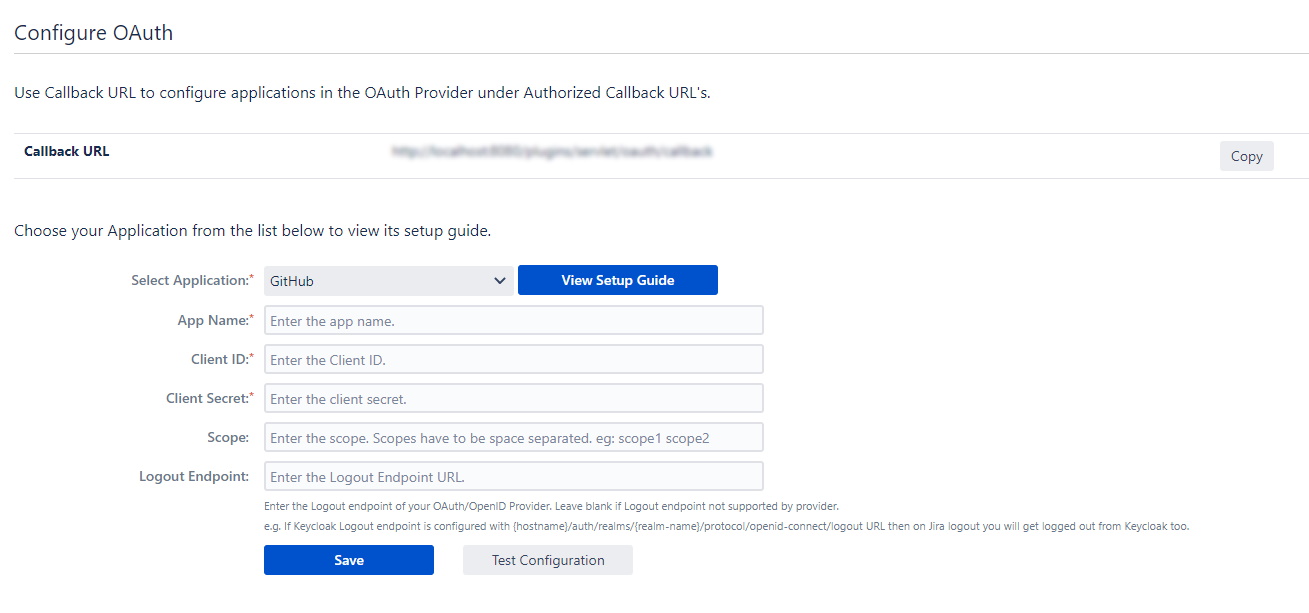
Select the Webhook trigger and choose Jira Cloud from the dropdown options available. However with the help of the Webhook trigger, Tray.io users can set up an instance of their own Jira Cloud trigger relatively easily: Webhooks are a modern construct, and not many APIs allow you to create them programmatically simply because more development work is required by the service provider to enable this. This is a common complaint, as you can see in Jira support threads here. The Jira v3.0 API simply does not support the programmatic creation of them. PLEASE NOTE: Rest assured, that while there is no trigger automatically available for Jira Cloud users, Jira Cloud does support the use of webhooks, and therefore creating a trigger is possible. While the OAuth 1 process and creating a Jira Cloud trigger may seem intimidating, both are rather straightforward and well documented on our site. If a trigger is required, than separate setup will be necessary which will require them to copy/ paste a webhook URL into their Jira account. Leverage the Jira Cloud connector, which allows your end users to authenticate with just their Jira site URL and username/ password. This will require them to use the terminal, while gathering their OAuth 1 authentication parameters. Leverage the Jira connector (along with its prebuilt trigger if necessary), and ask your end users to use the OAuth 1 version of the service. As well as trigger set up should they require one. Users need to take the authentication process into serious consideration regarding their end users, during the selection process. We currently have two Jira connectors which are able to reach cloud-hosted Jira instances - Jira and Jira Cloud.ĭepending on their use case, users may find that one Jira instance is more appropriate than the other. ĮMBEDDED USERS: If you choose a method where webhooks need to be copy and pasted, the last screen of the Configuration Wizard (or any other screen you wish to put it on) would simply display a URL that the end-user would copy and paste, along with instructions on where to put it within their Jira account. More details on this endpoint can be found here. The Jira Cloud connector will automatically do this for you unless you override the base functionality.įor example, say that the 'Get issue' operation did not exist in our Jira Cloud connector, and you wanted to use this endpoint, you would use the Jira API docs to find the relevant endpoint - which in this case is a GET request called: /issue/. The cloud ID can be obtained by querying the endpoint, if necessary. Note that is the ID of your Jira Cloud site. The base URL for Jira Cloud is: /rest/api/2 Note that you will only need to add the suffix to the endpoint, as the base URL will be automatically set (the base URL is picked up from the value you entered when you created your authentication). That Jira Cloud will be expecting the endpoint to be passed in. To use this you will first of all need to research the endpoint in the Jira Cloud API documentation v2, to This is a very powerful feature which you can put to use when there is an endpoint in Jira Cloud which is not used by any of our operations. Using the Raw HTTP Request ('Universal Operation')Īs of version 1.0, you can effectively create your own operations. With the new Jira Cloud connector step highlighted, in the properties panel on the right, click on 'New Authentication' which is located under the 'Settings' heading. Once in the workflow builder itself, search and drag the Jira Cloud connector from the connectors panel (on the left hand side) onto your workflow.

When using the Jira Cloud connector, the first thing you will need to do is go to your Tray.io account page, and select the workflow you wish to work on.

This may impact existing workflows if scopes have been removed. If you create another authentication for the same Jira Cloud site, then the scopes selected in the most recent authentication will replace those from previous authentications.

Please make sure to create one authentication per Jira Cloud site, that you wish to access. This is how Tray.io knows which Jira Cloud site to connect to.Ī Jira Cloud user may have access to more than one Jira Cloud site. The Jira Cloud site entered on the Tray.io authentication dialog must match the Jira Cloud site selected on the Atlassian grant access web page. IMPORTANT!: Please take note of the following recommendations when authenticating with theJira Cloud connector.


 0 kommentar(er)
0 kommentar(er)
